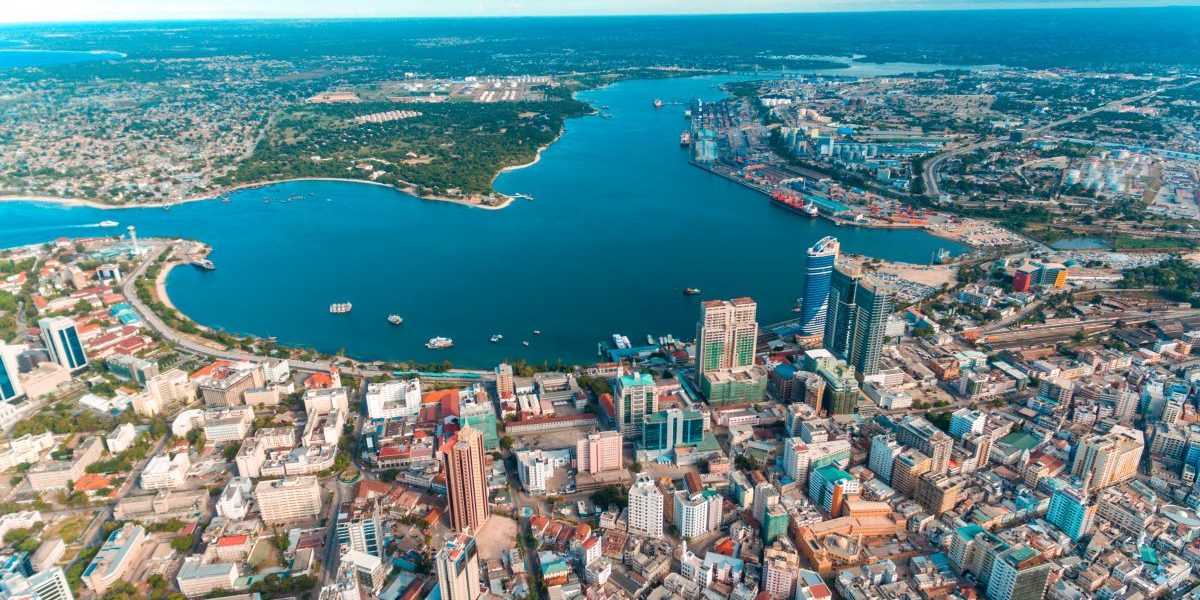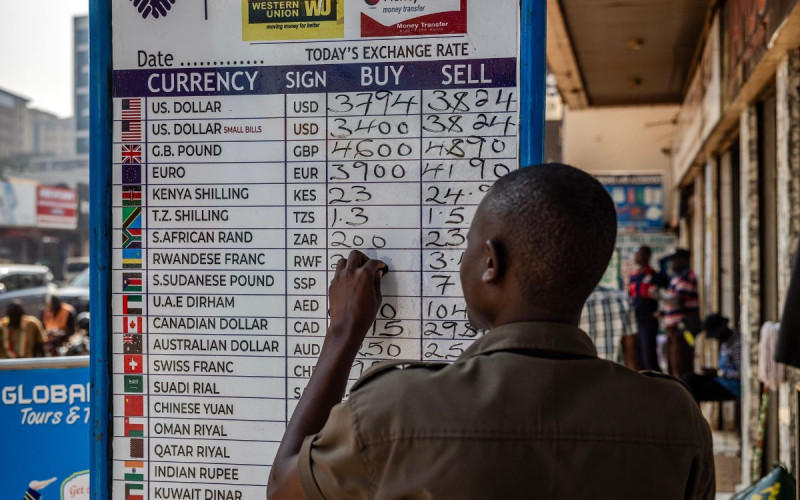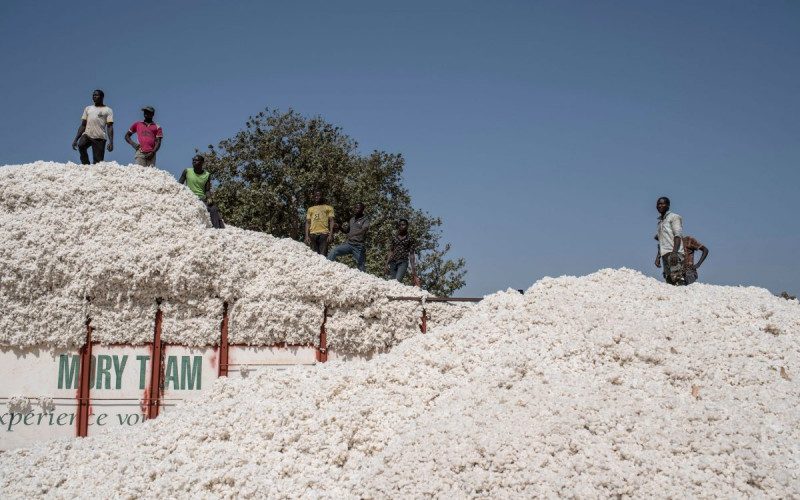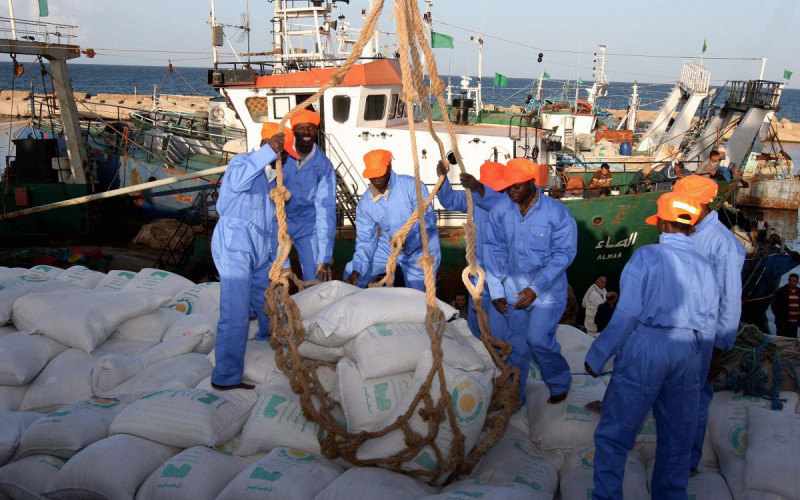Recommendations
- The Bank of Tanzania (BoT) should complement its current monetary measures with macroprudential policies, eg, measures to reduce non-performing loans and manage liquidity and credit. These policies are aimed at ensuring the stability of the financial system as a whole to prevent serious disruptions in credit and other vital services. This is necessary for stable economic growth and greater capacity to address the challenges posed by the COVID-19 pandemic.
- The BoT should continue to implement accommodative monetary policy measures and fasttrack liquidity-easing measures to shield avert a recession, which could easily be brought about by another wave of COVID-19.
- It is crucial to strengthen the healthcare system. Increased financing of the healthcare sector is necessary to equip medical facilities, protect medical personnel and ensure the availability of protective gear at a low cost.
Executive summary
Since independence, Tanzania has experienced a series of economic shocks, which have pushed the country into an economic crisis. From mid-1980 onwards, major macroeconomic variables have been fluctuating, forcing the government to intervene through fiscal and monetary policies, with mixed results. The advent of the COVID-19 pandemic in March 2020 further disrupted any macroeconomic performance achieved earlier. In response, the BoT adopted macroeconomic policies aimed at shielding the economy from further deterioration by injecting greater funding into the public sector, for example through the healthcare sector. This was aimed at containing the spread of the pandemic.
To a large extent, these macroeconomic measures have protected the country against further deterioration in terms of greater loss of life, economic losses, etc. For example, the country’s ‘business-as-usual’ approach has steered clear of an economic lockdown in favour of urging the population to take precautionary measures. This, coupled with expansionary macroeconomic policy measures, appears to be working, as the country averted a recession in 2020. The BoT should continue implementing accommodative monetary and fiscal policy measures and fasttracking liquidity-easing measures to shield the economy.
Introduction
Since independence in 1961, and especially after the Arusha Declaration in 1967, Tanzania has experienced a series of overlapping domestic and external economic shocks. These pushed the country into an economic crisis between the 1970s and mid-1980s. This crisis was characterised by dismal and sometimes deteriorating macroeconomic indicators such as real gross domestic product (GDP) growth rates, double-digit inflation, negative real interest rates, huge fiscal deficits (funded largely by domestic financing and the printing of currency), an overvalued Tanzanian shilling and a thriving parallel foreign exchange market – in addition to the rationing of foreign exchange.1Benno Ndulu, “Structural Adjustment Policies and Programmes: A Case Study of Tanzania” (Helsinki: World Institute for Development Economics Research, 1987).
From mid-1980 onwards, major macroeconomic variables have been fluctuating, impelling the government to intervene through fiscal and monetary policies, with mixed results. For example, Tanzania’s economy has shown strong real GDP growth, which averaged nearly 7% for four years prior to COVID-19 (largely attributed to high public investment in infrastructure). In addition, overall inflation was low and stable at below 4% for the three years before COVID-19 and remained stable at 3–4% from 2020 to April 2021. Since the mid-1980s interest rates have been market-determined, with the BoT using an accommodative monetary policy to steer interest rates in cases of perceived market failure. The Tanzanian shilling (exchange rate) appears to have depreciated against the US dollar from 2016–2020 by about 1.57%.2International Monetary Fund, World Economic Outlook: Recovering During a Pandemic (Washington DC: IMF, October 2021).
This policy briefing discusses macroeconomic policy development in Tanzania with the objective of informing policy responses to the COVID-19 pandemic.
Economic impact of COVID-19
The COVID-19 pandemic, first detected in Tanzania in March 2020, disrupted the macroeconomic performance achieved in the past. Real GDP growth was expected to decline to 4.6% and 6.6% for 2020 and 2021, respectively, inflation was expected to remain at pre-COVID levels at 5%, and interest rates increased slightly in 2020, hurting businesses. The Tanzanian shilling has depreciated slightly against the US dollar, and the fiscal deficit, although low, continues to face a serious risk of worsening as international trade continues to be disrupted.
COVID-19 has caused the loss of many lives, and is having an adverse economic impact on Tanzania’s fiscal and balance-of-payments demands. It has resulted in a drastic reduction in tourism and traditional export receipts, exerted budget pressures, and decelerated GDP growth from about 7% in 2019 to a projected 5.5% and 5.4% in 2020 and 2021, respectively.3Kizito Makoye, “Tanzania’s Tourism Sector Rebounds as Virus Fears Wane”, Anadolu Agency, August 15, 2020. As noted earlier, the World Bank estimates that Tanzania’s real growth rate is likely to slow down to 5.8% in 2020 before rebounding to 6.1% in 2021. The African Development Bank estimates are 6.4% and 6.6% for 2020 and 2021, respectively.4Bank of Tanzania, Monetary Policy Statement 2020/21 (Dodoma: Bank of Tanzania, 2020); IMF, World Economic Outlook. Yet these estimates do not seem to consider the severity of the pandemic in future, which could result in an even lower growth trajectory than projected.
Steps taken to mitigate the effects of the pandemic
In order to counter the severe impact of the pandemic, the macroeconomic policies adopted by the BoT and the government have been aimed at shielding the economy against further deterioration. The main steps taken have been injecting more funding into the healthcare sector to contain the spread of the pandemic, increasing social spending to save lives and livelihoods, using an accommodative monetary policy to steer the economy towards a sustainable monetary and fiscal stance, and ‘building back better’ to the pre-COVID period.
Tanzania has not adopted conventional methods of dealing with the pandemic by instituting lockdowns, and instead has allowed business as usual to date. However, the country depends on the rest of the world for imports, exports and other services. The BoT and the government have taken various fiscal and monetary measures to mitigate the impact of the pandemic:
- The government reduced many taxes in the 2020/21 budget to boost economic growth, help businesses operate profitably and cope with the effects of COVID-19, including VAT, which used to be charged on crop insurance.5In Tanzania, VAT is 18%.
- The Ministry of Finance and Planning accelerated the payment of domestic payment arrears and VAT refunds to help businesses remain liquid.6About TZS 916 billion in verified domestic payment arrears was paid through March 2020, and about TZS 174 billion (equivalent to 148% of the allocated budget) in verified VAT refunds paid through April 2020.
- Since some private businesses were struggling to obtain credit from banks and financial institutions, the BoT:
- lowered statutory minimum reserves from 7% to 6% to provide additional liquidity to banks and financial institutions;
- reduced the discount rate from 7% to 5% to enable banks and financial institutions to borrow additional funds;
- allowed waiver of interest and charges to businesses so that banks and financial institutions could roll over, review or extend overdraft facilities;
- provided relief to businesses by restructuring NPLs, and allowing the restructuring of NPLs up to four times by December 2020;
- reduced the interest on Treasury bills from 10% to 5% and Treasury bonds from 40% to 20% to increase the liquidity of commercial banks to borrow from the BoT with less collateral than before;7‘Haircuts‘ are the difference between the current market value of an asset and the amount that can be used as collateral for a loan. A higher ‘haircut’ means that if there is a drop in the market value of the collateral, the lender is still able to recover the amount that has been maintained as collateral.
- increased daily transaction limits for mobile money customers from TZS8Currency code for the Tanzanian shilling. 3 million to TZS 5 million ($1,293 to $2,155); and increased the daily balance from TZS 5 million to TZS 10 million ($2,155 to $4,310) to reduce congestion in banks and institutions (the number of mobile connections in Tanzania in January 2020 was equivalent to 75% of the total population); and
- maintained a low inflation rate at below 5%.
To a larger extent, these macroeconomic measures have been effective and have prevented further deterioration in terms of loss of life and closure of businesses. Real economic growth (GDP) has almost maintained its growth of 6–7% before and during the pandemic.
Conclusion and recommendations
Tanzania, like most other countries, is facing an unprecedented macroeconomic crisis as attempts are made to contain the impact of the COVID-19 pandemic. The country’s business-as-usual approach excluded a lockdown of economic activity, apart from urging the population to take precautionary measures. Its expansionary macroeconomic policy measures appear to be working, as the country averted a recession in 2020.
Social protection measures to shield the most vulnerable, particularly women, youth and the elderly, are crucial to prevent them from falling below the poverty line. In this regard, the government should support the mobilisation of UN-identified Flash Appeal for COVID-19 resources, and fast-track the disbursement of $882. million budgeted for the Productive Social Safety Net Programme (PSSN) implemented by the Tanzania Social Action Fund (TASAF). The TASAF has recently piloted an e-payment programme in 16 districts in Tanzania in which over 65% of Productive Social Safety Net Programme recipients have been women, and over half women-headed households.
It is also vital that the government continues focusing on investment in education, skills development, healthcare, and research and development. Investment in these areas is thought to have high long-run multiplier effects by raising human capital, improving health outcomes and encouraging the adoption of new technologies. All of these increase productivity, resilience and economic performance, and help build back better as the pandemic abates.
Precautionary debt management measures should be undertaken to prevent further escalation of debt service risk by:
- prioritising concessional financing of the budget by as much as possible;
- ensuring that projects financed through non-concessional foreign loans have a large impact on overall social-economic growth, green growth and exports;
- strengthening public investment management and domestic revenue mobilisation; and
- improving expenditure management to ensure that no new arrears are accumulated and that verified arrears are promptly paid to continue the country’s healthy debt sustainability threshold.
It is also necessary to build back better, by developing and implementing innovative domestic and external trade, and a climate-resilient economy. This can be done by fast-tracking implementation of the Third National Five-Year Development Plan’s (2020/21 to 2025/26) trade policies and strategies, as well as the environmental, climate-change and disaster-preparedness components of the plan.
About CoMPRA
The COVID-19 Macroeconomic Policy Response in Africa (CoMPRA) project was developed following a call for rapid response policy research into the COVID-19 pandemic by the IDRC. The project’s overall goal is to inform macroeconomic policy development in response to the COVID-19 pandemic by low and middleincome countries (LMICs) and development partners that results in more inclusive, climate-resilient, effective and gender-responsive measures through evidence-based research. This will help to mitigate COVID-19’s social and economic impact, promote recovery from the pandemic in the short term and position LMICs in the longer term for a more climate-resilient, sustainable and stable future. The CoMPRA project will focus broadly on African countries and specifically on six countries (Benin, Senegal, Tanzania, Uganda, Nigeria and South Africa). SAIIA and CSEA, as the lead implementing partners for this project, also work with think tank partners in these countries.
Our Donor
This project is supported by the International Development Research Centre (IDRC). The IDRC is a Canadian federal Crown corporation. It is part of Canada’s foreign affairs and development efforts and invests in knowledge, innovation, and solutions to improve the lives of people in the developing world.






